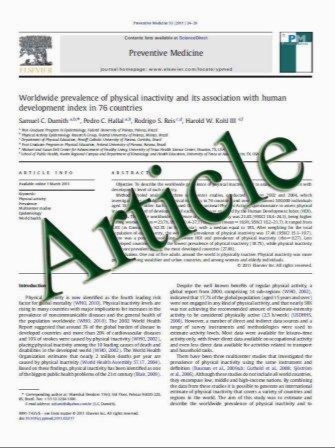The primary cilium in different tissues—lessons from patients and animal models
- نوع فایل : کتاب
- زبان : انگلیسی
- مؤلف : Anna D’Angelo & Brunella Franco
- چاپ و سال / کشور: 2011
Description
Primary cilia are specialized organelles consisting of an axoneme anchored to the plasma membrane through the basal body consisting of two centrioles. They protrude from the cell surface of almost all mammalian cells. Mutations in genes encoding for ciliary proteins cause ciliopathies, which are characterized by a wide spectrum of phenotypes, including polycystic kidney, hepatic disease, malformations in the central nervous system, skeletal defects, retinal degeneration, and obesity. Both clinical studies and animal models have revealed that during embryogenesis, primary cilium play an essential role in defining the correct patterning of the body. In this study, we focused our attention on the tissues mainly affected in ciliopathies, such as the kidney, liver, and central nervous system. Emerging studies reveal that the primary cilium may play similar roles, leading to distinct functions according to the different cell type and developmental stages. The state of the art in primary cilia studies reveals a very complex role. The aim of this review is to evaluate the recent advances in the function of primary cilia in different tissues, underlining similarities and differences.
Pediatr Nephrol (2011) 26:655–662 DOI 10.1007/s00467-010-1650-7 Received: 2 June 2010 / Revised: 22 July 2010 / Accepted: 11 August 2010 / Published online: 3 October 2010


